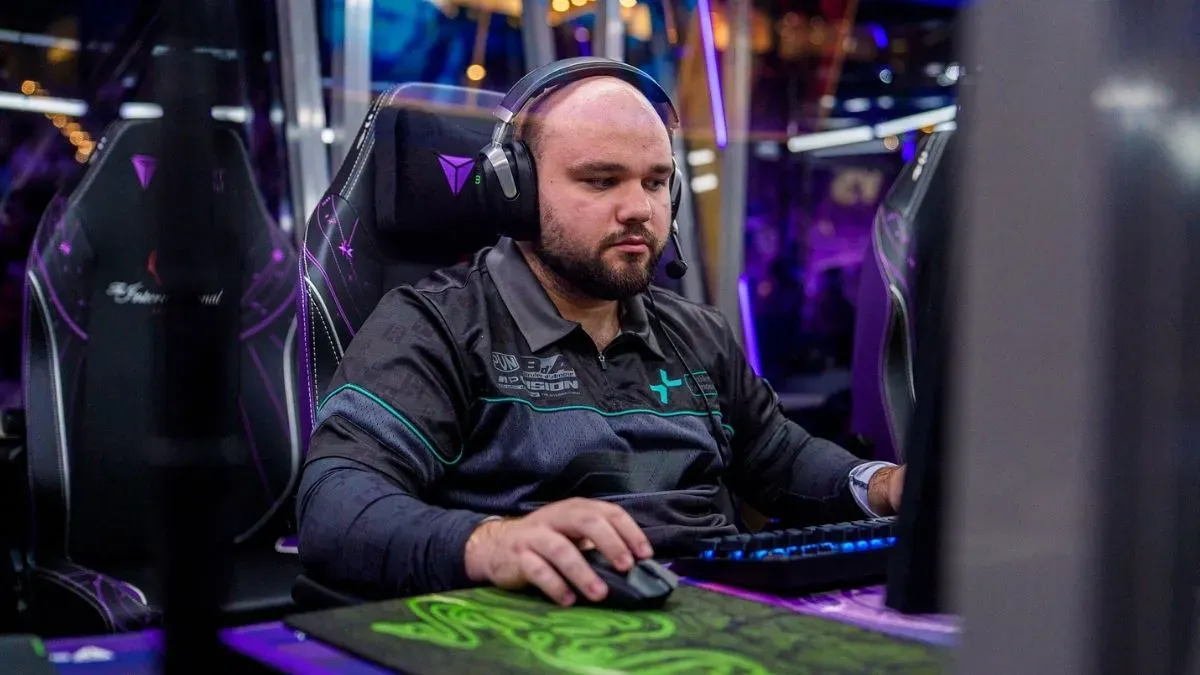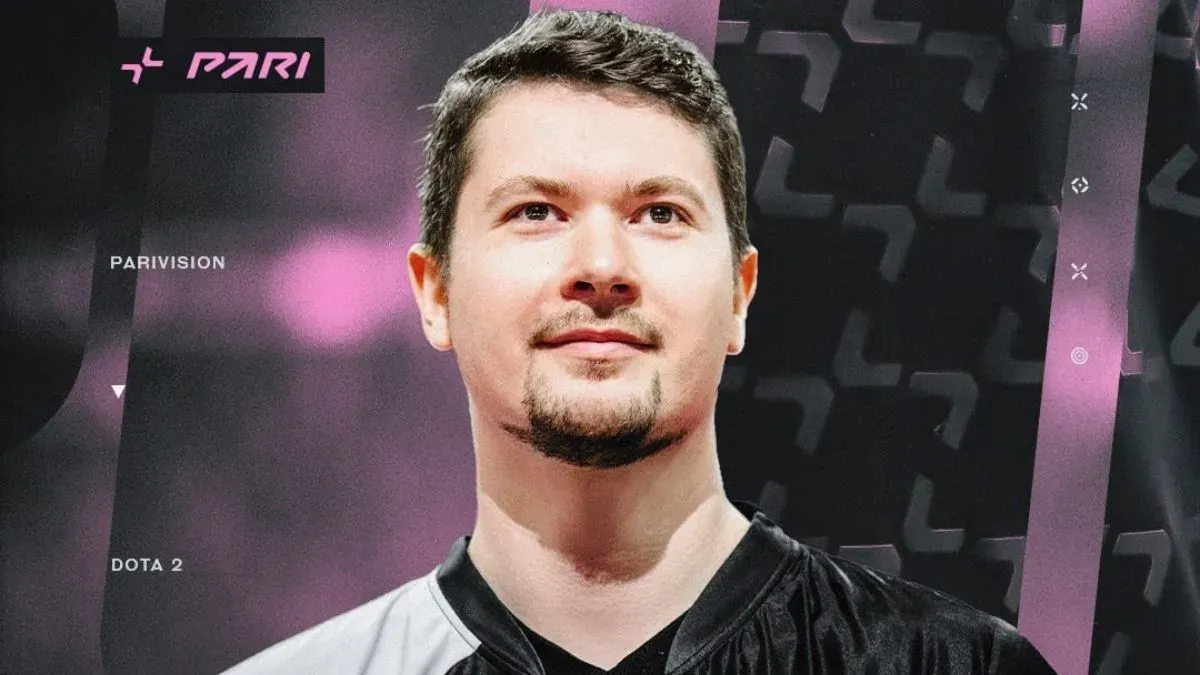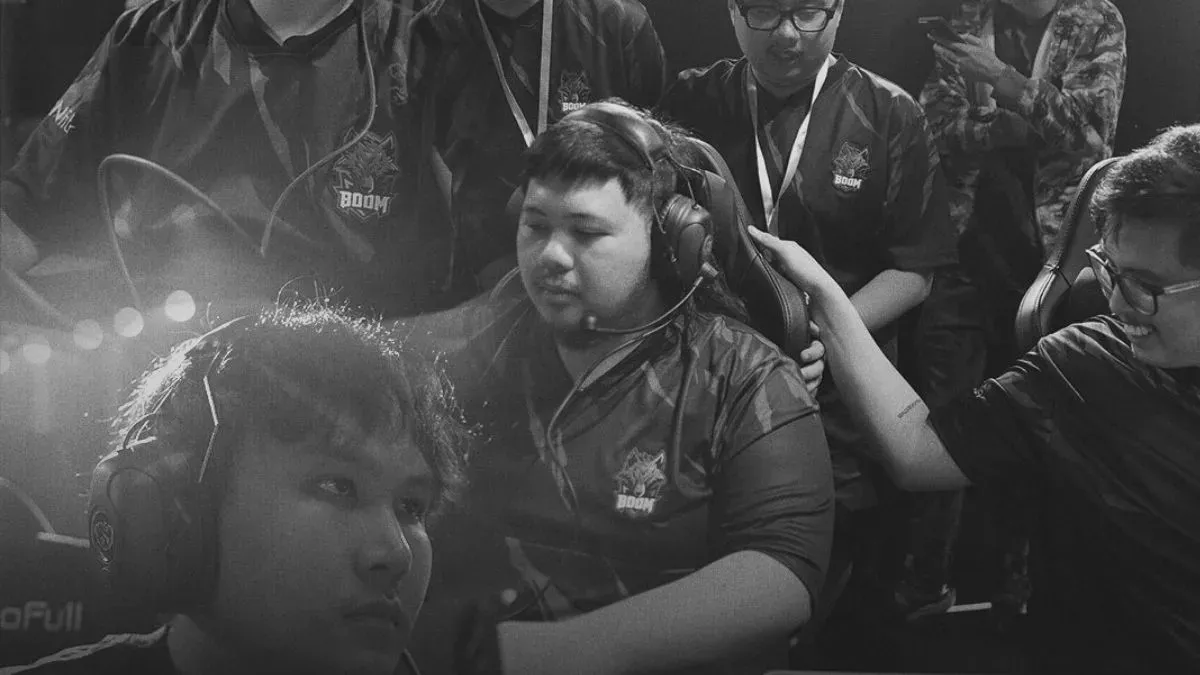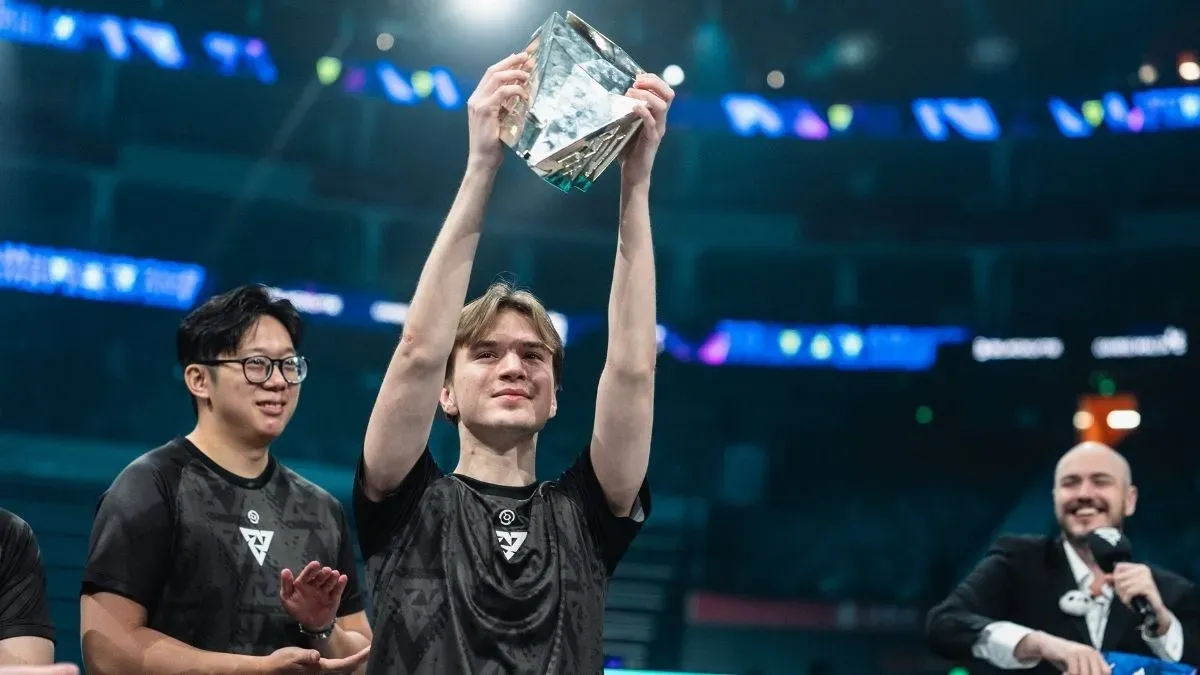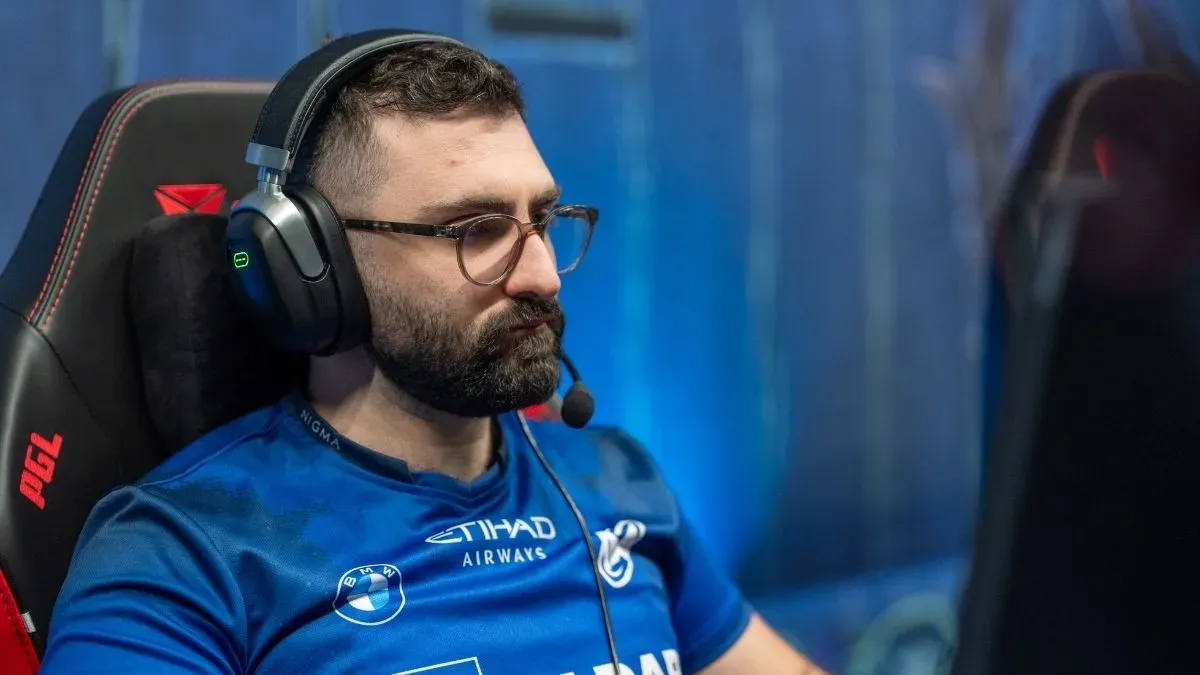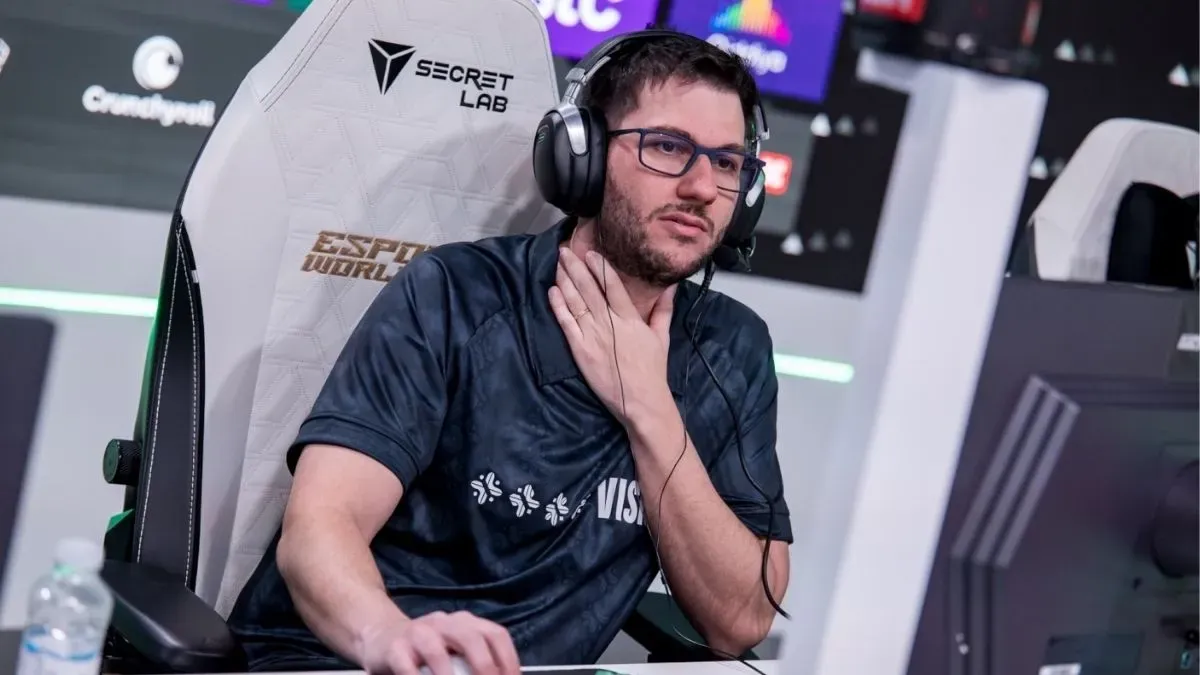Establishing an Early Game Push Lineup
The first conflict of the game occurs during the ban/pick stages. Both teams try to establish their own strategy while denying their opponent. During the first stage, teams try to get as much as they can without giving away their intentions. Bans of Nightstalker, Anti-Mage, Broodmother, Chen and Prophet are very common. The current metagame is about creating successful ganking opportunities and swiftly transitioning into pushes. Broodmother is a mobile hero with carry and gank potential that can apply nearly constant pressure to a tower. Chen roams with an army of creeps, threatening ganks and pushes whenever he's unaccounted for. Prophet's Teleport gives him global mobility, threatening ganks and pushes in multiple lanes at once; though powerful, Prophet is not a guaranteed victory. DTS, xP and even Na'Vi have lost games due to an underperforming Prophet.
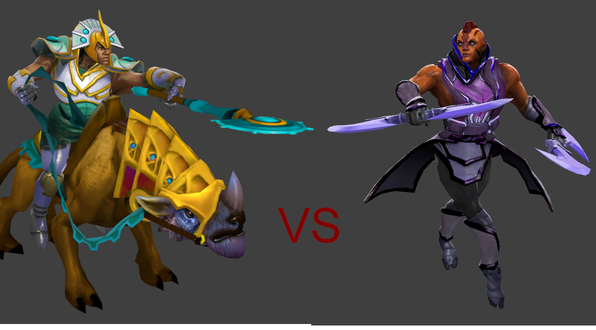
So, what makes an early game pushing strategy?
1) Pushing strategies don't require a hard carry. They aren't dependent on farming a single hero to win in the mid to late game.
2) Pushing strategies aim to take out towers as early as possible. Destroying the opponents' towers quickly deprives them of map control, giving more opportunities, and greater success, to later ganks and pushes. Additionally, the entire team is provided with a quick infusion of gold, which can snowball out of control. Getting towers early game is more impactful than than getting them late game.
3) Early game pushing strategies are heavily reliant on transitioning from ganking to pushing. Early game pushing strategies have to be able to gank an opponent and use the resulting numerical advantage to push towers down. Burst power is important for dropping heroes in ganks, clearing creep waves and taking down towers.
4) These strategies rely on lane domination and map awareness. Winning lanes is an essential step toward creating openings for ganks and pushes. Warding and dewarding are paramount.
Example:
A good example of this style in action is the game between Experience and Dignitas in the Premier League. xP utilized an aggressive early pushing style and took the game.
VOD of the game can be found here:
xP vs Dignitas Game One
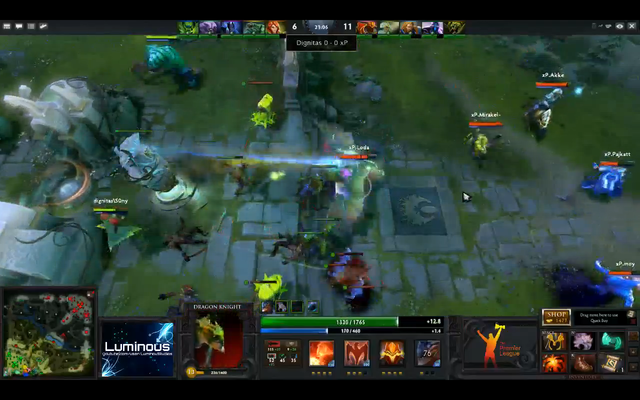
Final thoughts:
While powerful, early game strategies don't guarantee victory. There are three factors to focus on:
1) Map awareness, warding and dewarding, and team coherence during roaming and ganking is essential. The key to the strategy is picking up kills and using that advantage to push quickly.
2) Proper timing is key. Tier 1 towers need to be taken down as quickly as possible to secure a decisive advantage in the mid game.
3) It is vital to know when an advantage actually exists and how to exploit it. Once a team has secured an advantage, they need to continue to increase it rather than letting the opposition creep back into the game.
Section Two:
Arguments in favor of the Early Game Push oriented strategies (Pros)
Next, we'll look at why these strategies work and why they're becoming more and more common. We'll examine situations in which these strategies are optimal, and examine how they stack up against more mid to late game carry-centric strategies.
First off, what are the strengths of an early push oriented strategy?
1) The draft must successfully pick up pushing heroes while preventing the opponent from picking obvious counters. Antipushers, strong solo side or solo mid heroes and powerful lane domination heroes should all be kept away from the opposition.
2) Gaining lane control and level advantages are critical. Play should be smart and aggressive, focused on keeping map control and denying farm and space to the opposing carry.
3) Map control must be maintained. Taking towers early restricts the opposing heroes and denies space to farm and move while setting up ganking opportunities. Maintaining pressure on the lanes prevents the opposing team from countering aggressive movements.
4) Suppressing the opposing carry and taking towers sets up dangerous pushes in the mid game. Keeping the opposition from building up sufficient strength to clear away pushes easily is important. Hard carry heroes are ticking time bombs, and an early push strategy must win before they go off.
These principles were observed both in the xP game we already discussed and in The Retry's victory over NaVi in the Dota 2 Star Championships final. Getting ahead early is key; the first 25 minutes are when a pushing strategy is at its strongest. The shortest average time of victory for a carry-oriented style is 37:24 for games involving the Dragon Knight, whose AE nuke and powerful ultimate make him fit into hybrid pushing strategies as well. Games with Antimage and Faceless Void as the victorious featured carry clock in at around 39 minutes. (For more statistics gathered from The Defense, check out our feature
here.) The 15 to 20 minute mark is the sweet spot, where pushing heroes have gotten the levels they need to be effective and carries are still without essential core items.
Another point of major importance for such a strategy is the element of surprise.
What is the element of surprise?
Despite the limited hero pool and the strategies common since the beginning of Dota 2, players and teams are constantly bringing us new strategies and tactics and reviving old ones from the original game. Additionally, new patches and version updates bring new material for teams to exploit. Some recent examples of tactical innovation are the Shadow Fiend dual mid lane and the use of multiple Force Staffs, used by Fire and Panzer. While some experiments fail, others force the opposing team to leave their comfort zone in order to survive.
One example of a surprise tactic and an early pushing tactic being used in concert was TR's opening against Na'Vi in the third game of the D2SC finals. TR's first pick phase was quite standard - Prophet, Tidehunter and Vengeful Spirit - but their second was quite unusual. Against Na'Vi's lineup of Windrunner, Crystal Maiden, Slardar, Venomancer and Drow Ranger, The Retry picked Zeus and Razor. Aided by a lucky early Double Damage rune, TR used an extremely aggressive trilane of Vengeful Spirit, Tidehunter and Razor, supported by Prophet's global ganks, to seize a major advantage. Na'Vi failed to alter their tactics to account for the extreme nuking power of Zeus and the aggressive nature of TR's lineup. Drow Ranger, by nature a passive carry, was unable to gain any tractor and ended up falling victim to several ganks. With a combination of aggressive map presence, decisive team movement and effective use of ganking to set up pushes, TR established an overwhelming lead and ended the game at 32 minutes.
VOD of Game 3 can be found here:
Na'Vi VS TR Game Three
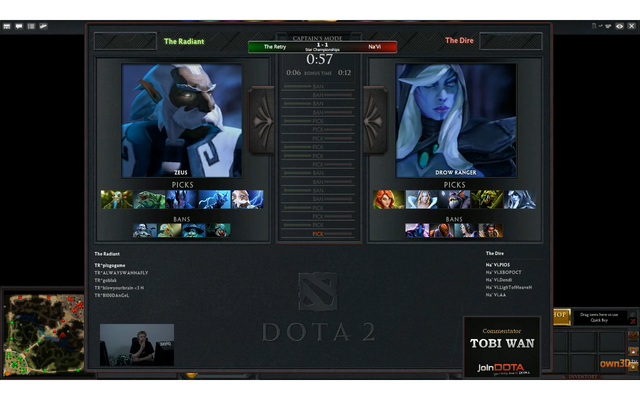
Section Three:
Why is running an early pushing strategy riskier than using a hard-carry strategy?
We've talked about some of the advantages of aggressive, early game push strategies, but there are also disadvantages.
1) Aggressive pushing strategies, while they're great at picking up kills, are also prone to over-aggression. Because these strategies rely on the use of ganks to create numerical advantages, sloppy execution or well-planned counter-ganks by the opposition can prevent pushes from occuring, even after successful ganks.
2) These strategies often have only a single endgame. As games drag on, aggressive pushing lineups lose their potency. Because they're on such a tight timetable, being delayed even a little can result in defeat. Having no Plan B makes them vulnerable to hard counters.
3) Cautious opponents can keep aggressive lineups from finding openings for ganks. Without those openings, teams that are aggressively roaming can fall behind in farm and levels in the mid game. As the opposition gains momentum moving into the late game, pushing strategies can lack the carry power to beat them.
One recent game that shows the disadvantages of these tactics was the mTw vs. Panzer game in The Defence. mTw picked a pushing lineup built around the nukes, disables and tower destruction of the Shadow Shaman. mTw built a big advantage in the early game, but well-executed counter ganks, aided by smart use of Smoke of Deceit, kept mTw from pushing down towers in 5v4 or 5v3 situations. Eventually Panzer's carries became too powerful for mTw to handle.
VOD of the game can be found here:
mTw VS Panzer
Conclusion:
We've explored the definition of early pushing strategies, examined their place within the metagame and looked at the ingredients for success. We discused how and when these strategies can be viable and the importance of gank/push transitions and map control. Further, we discussed the risks of aggressive play and points of concern.
If you have thoughts, comments or opinions on this piece, please comment! Props to LuckoftheIrish, Shostakovich and GoDZ for their thoughts and help producing the article, and also to DotaCommentaries and joinDOTA for their coverage of matches. Our example games are available on their webpages. Thank you for reading.


